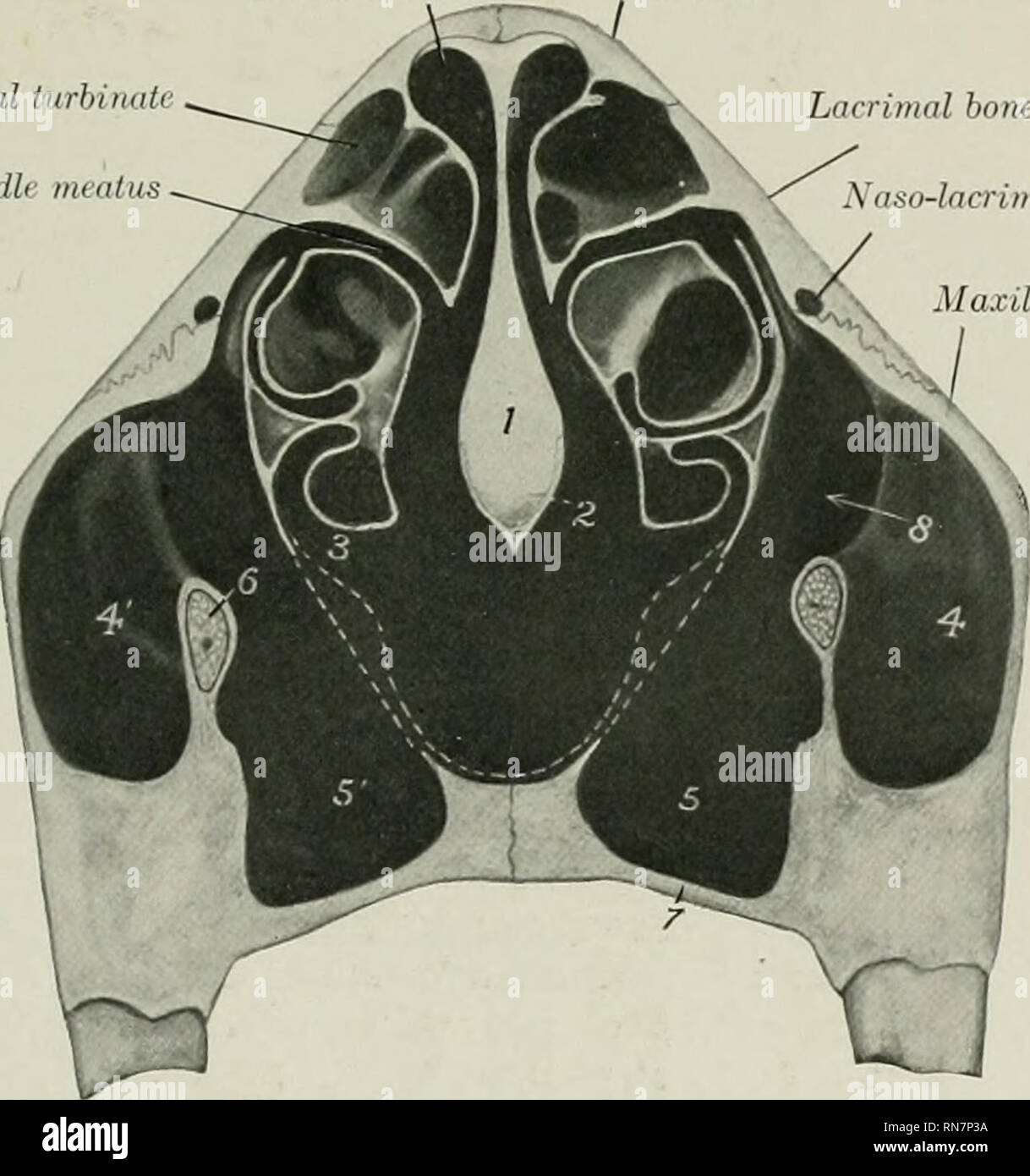The dorsum sellae is part of the sphenoid bone in the skull together with the basilar part of the occipital bone it forms the clivus.
Floor view skull dorsunm salla.
The dashed arrow points to the sella wall.
Ballooned sella with an undercutting anterior clinoid process unequal downward displacement of the floor double floor appearance craniopharyngioma elongated sella with short curved dorsum is characteristic but more often indistinguishable from the pituitary lesions.
The cranium skull is the skeletal structure of the head that supports the face and protects the brain it is subdivided into the facial bones and the brain case or cranial vault figure 1 the facial bones underlie the facial structures form the nasal cavity enclose the eyeballs and support the teeth of the upper and lower jaws.
Functions of sella turcica.
The dorsum sellae forms the posterior wall of the sella turcica which houses the pituitary gland laterally it articulates with the petrous apex of the petrous part of the temporal bone.
Empty sella is the designation for intrasellar herniation of the meningeal space which results in a neuroanatomical picture in which the pituitary gland appears to be thinned and flattened against the sellar floor the bulk of the sellar space being filled with csf kaufman et al.
In the sphenoid bone the anterior boundary of the sella turcica is completed by two small eminences one on either side called the middle clinoid processes while the posterior boundary is formed by a square shaped plate of bone the dorsum sellae ending at.
B endoscopic view after removal of the posterior sphenoid base.
Location of sella turcica in skull.
The sellar and parasellar regions comprise the sella turcica the pituitary gland and the adjoining soft tissues and bone.
A normal sella turcica b oblique anterior wall c sella turcica bridge d double contour of floor e irregular dorsum sellae f pyramidal shape.
The parasellar structures include the sphenoidal sinus and adjoining central skull base the paired cavernous sinuses and adjoining venous sinuses the cavernous and supraclinoid segments of the internal carotid arteries the circle of willis the optic nerves and chiasm.
Any anomaly or pathological condition in the pituitary gland can apparent from a distorted form of sella turcica to a disorder in the malfunctioning of the secretion of the hormones secreted by the pituitary which includes.
Providing the proper place to hold and support the pituitary gland.
The dorsum sellae is the square shaped process of the sphenoid bone it ascends superiorly from the posterior part of the sphenoid body to form the posterior wall of the sella turcica.
Different morphological types of sella turcica according to axelson et al.

